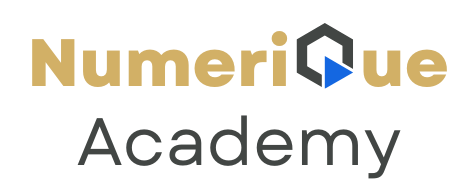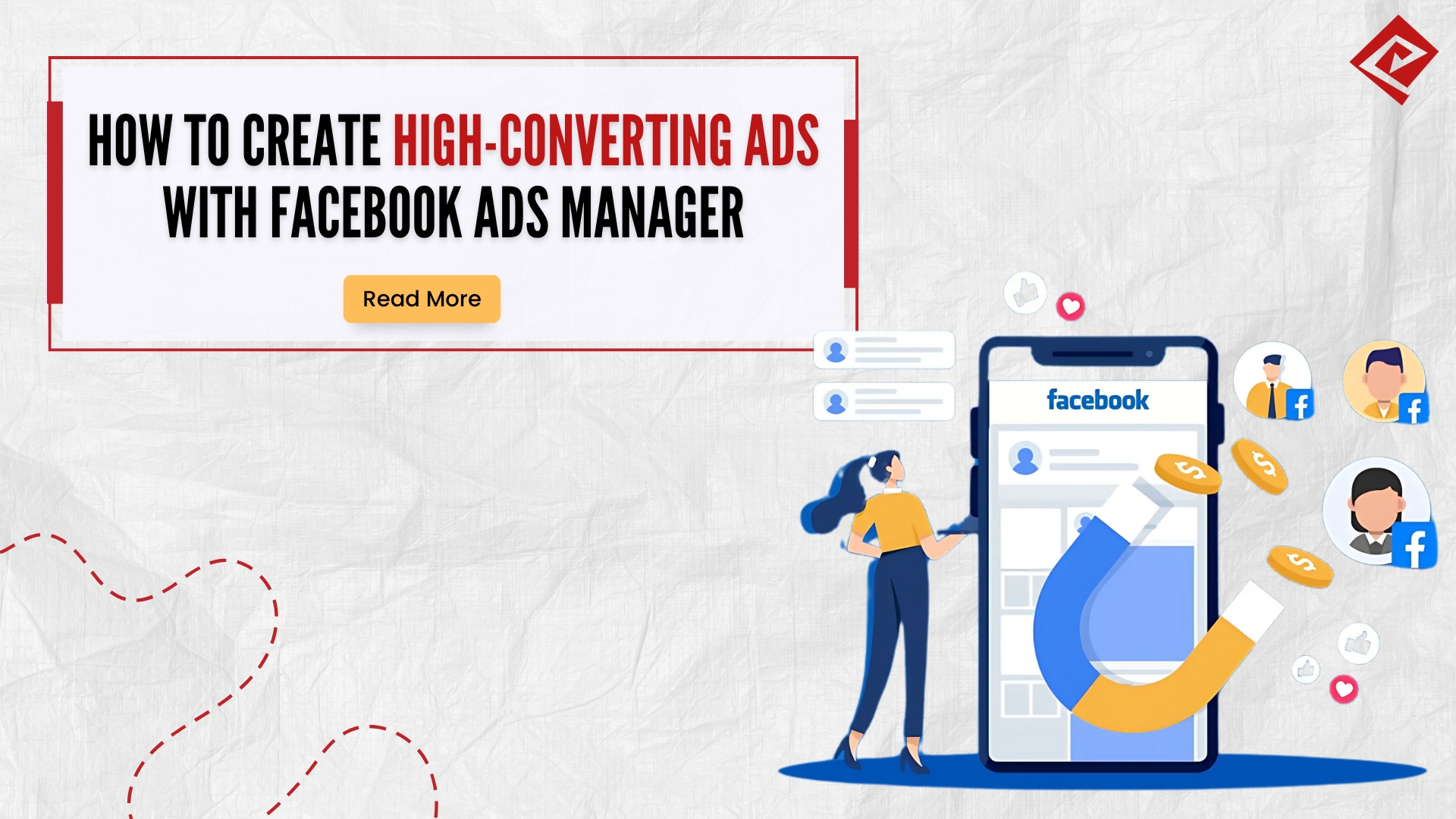In the crowded digital marketplace, getting your Facebook ad to stop the scroll—and actually convert—requires more than luck. It requires strategy. The secret lies in mastering three essential elements: your copy, your creative, and your call-to-action (CTA). Together, these form the anatomy of a high-converting Facebook ad.
Whether you’re just starting out or looking to improve performance, understanding how these parts work together can dramatically increase your ad ROI.
1. The Copy: Speak Directly to Your Ideal Audience
Your copy is the voice of your ad. It’s your first chance to connect with your audience—and it should never be an afterthought.
Headline
This is what most people read first, so it must hook attention in 5–8 words. Use questions, numbers, or bold statements. For example:
- “Struggling to Get Leads? Try This.”
- “3 Proven Ways to Boost Your Sales in 7 Days”
Primary Text (Above the Image/Video)
Here’s where you identify a pain point, provide a solution, and create an emotional hook. Keep it concise but powerful. Example structure:
“Tired of wasting money on ads that don’t work? Our proven strategy helps small business owners like you generate real leads—without breaking the bank.”
Tone and Language Tips:
- Write like you talk—be clear, not clever
- Address the reader directly using “you”
- Use bullet points if needed for clarity
- Use social proof or data when possible
2. The Creative: Stop the Scroll with Visuals That Sell
Visuals (images, videos, carousels) are what grab attention before anyone reads your text. Facebook prioritizes engaging content—and so should you.
Best Practices for Images:
- Use bright, high-contrast colors
- Avoid too much text (Facebook penalizes text-heavy images)
- Feature people’s faces when possible—especially eyes
- Use branded elements for consistency
Video Tips:
- Hook viewers in the first 3 seconds
- Keep videos under 30 seconds for cold traffic
- Add captions (many users watch with sound off)
- Show results, transformations, or customer testimonials
Carousels and Slideshows:
These are perfect for showcasing multiple products, features, or before-and-after stories. Keep each slide visually consistent and narratively connected.
3. The CTA: Guide the User’s Next Step
Your call-to-action (CTA) is where you tell the viewer exactly what to do next. Never assume they’ll know. The right CTA bridges interest to action.
Examples of Effective CTAs:
- “Download the Free Guide”
- “Book Your Free Consultation”
- “Try It Risk-Free for 7 Days”
- “Shop Now—Limited Time Offer”
Use the CTA button options Facebook provides, and match it to your objective (e.g., “Sign Up,” “Learn More,” “Shop Now”).
Bonus: How These Elements Work Together
Let’s break down an example:
Ad for a Fitness Coaching Program:
- Headline: “Lose 10lbs Without Giving Up Pizza? Yes, Please.”
- Primary Text:
“You’ve tried every diet. But what if the secret to lasting results isn’t starving—but strategy? My 12-week coaching program is tailored for real people with real schedules. Ready to finally feel good in your skin?” - Visual:
A side-by-side image of a client’s before and after, with a confident smile in the “after” - CTA:
“Book Your Free Call”
Here, the copy identifies a relatable pain, the visual builds trust, and the CTA is clear and low-barrier. This is the formula for high-conversion ads.
Final Tips for Optimization
- Test multiple variations of each element (copy, creative, CTA) via A/B testing.
- Monitor your metrics: Pay attention to CTR (click-through rate), relevance score, and conversions.
- Keep it fresh: Update creatives every 2–4 weeks to avoid ad fatigue.
Conclusion
Creating high-converting Facebook ads isn’t about luck or guesswork—it’s about getting your copy, creative, and CTA to work together in harmony. By following these principles, you’ll be better equipped to build ads that not only get noticed but drive real results.

